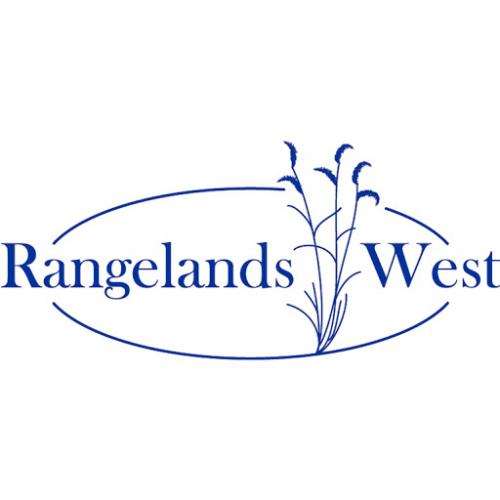The objective of this consultancy was to review information on Afghanistan’s rangelands in order to develop rangeland policy consistent with other approved natural resource management policies and livestock development strategies. The consultancy included 8 tasks: 1. A review of Afghanistan rangeland management and livestock development documentation produced over the last 30 years. 2. A review of recently approved natural resource management policies, including environmental protection. 3. An assessment of the scale, geographical distribution and diversity of Afghanistan’s rangelands. 4. Categorization of rangeland according to species composition and productivity levels. 5. An indicative assessment of the carrying capacity of the different types of rangeland including the seasonal variations in carrying capacity. 6. An analysis of current rangeland management practices and user rights and an assessment of the sustainability of such practices relative to rangeland productivity levels. 7. Identification of key rangeland management issues and possible options for their resolution. 8. Development of rangeland policy and strategies for sustainable management. These tasks are presented as individual sections in this document with citations, tables, and/or appendices. This report was developed following a review of existing information, interviews with individuals involved in natural resource policy and management during my period in Afghanistan (November 14-December 4, 2005) and participation in the Conference on Pastoralists (kuchi) held in Kabul (November 15-17, 2005). Rangelands, defined as uncultivated lands that supply a grazing or browsing resource to domestic and wild animals, are by far the major land type in Afghanistan comprising between 70 and 80 % of the country. The sheer size and diversity of these rangelands is justification that they receive greater emphasis in future development and research by the Afghanistan government, as well as from international development and environmental organizations.Livestock grazing is one of the primary uses of these rangelands, but these rangelands also supply a number of products, including water, fuel woods, and wildlife as well as other products and values. Livestock have been critical to the economy of Afghanistan in providing products for domestic use and export. In the 1970s, Agriculture supplied approximately 50% of the Gross Domestic Product (GDP) and livestock supplied about 25% of the agriculture GDP.

Articles, citations, reports, websites, and multimedia resources focused on rangeland ecology, management, restoration, and other issues on American rangelands.